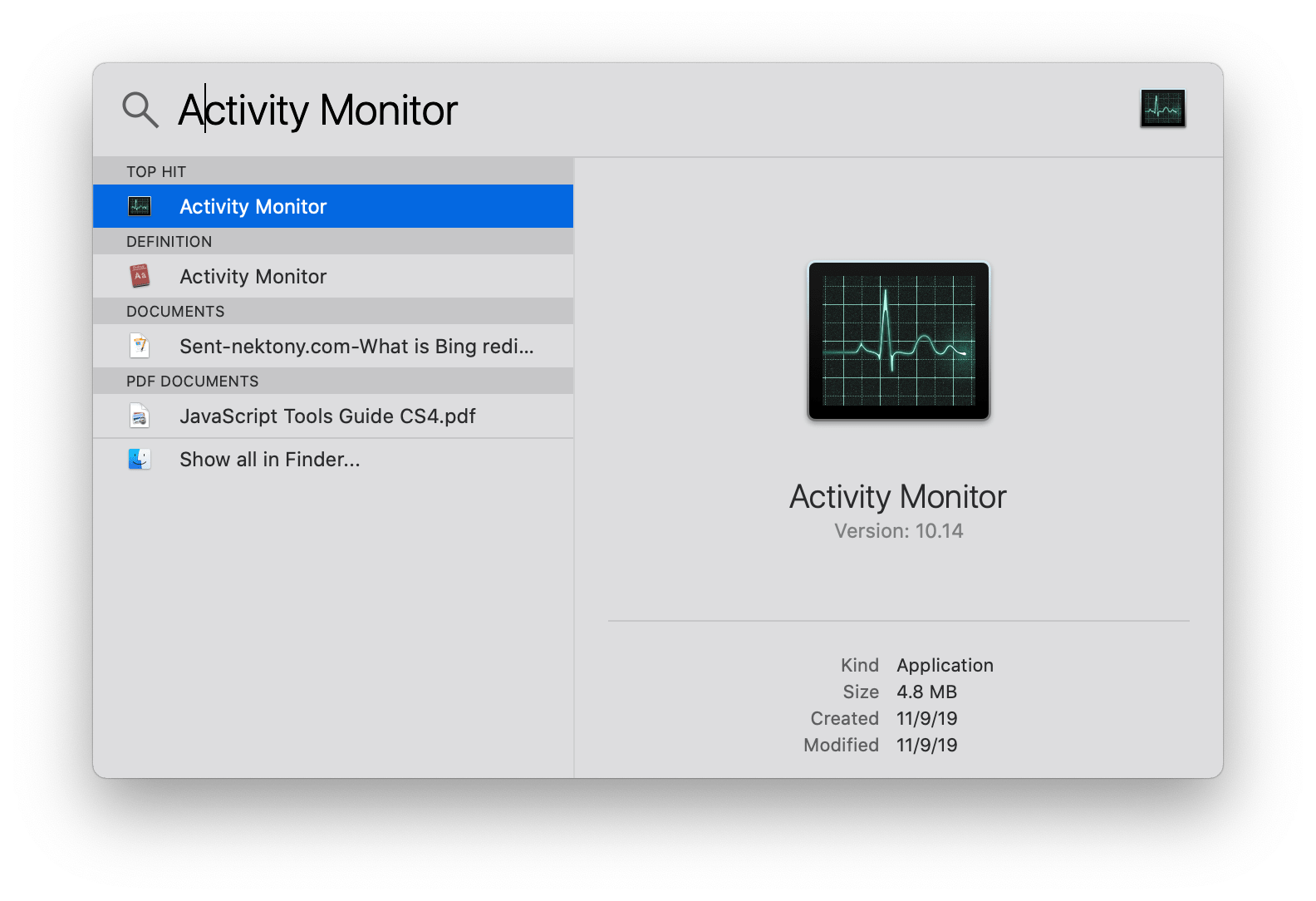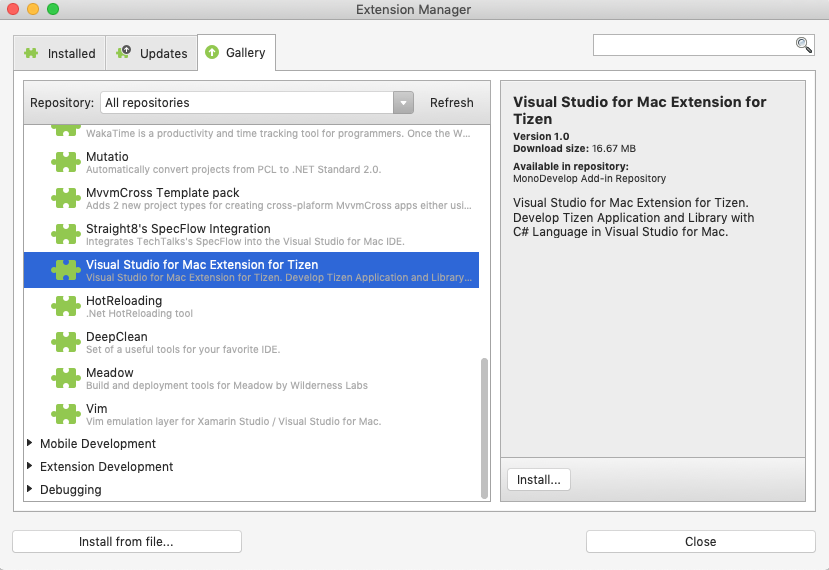
You’ve probably experienced the same issues that many computer users encounter. One of the most vital functions for the largest percentage of users of the Activity Monitor program is in the ability to end a task or process that is causing you trouble.

If it’s running somewhere on the Mac, you can find it in this list – and if necessary, stop the task from running. Many of the previously mentioned tasks will slow down your OS even if you don’t know they’re running. The search tool is helpful when you know the name of the program you are looking for.Īctivity Monitor is a very powerful program because it not only shows you what applications are running for the active user, but it also displays system level tasks, kernel tasks, daemons, processes that belong to other users, quite literally every process will show up. It’s a super helpful feature to be able to sort tasks by CPU usage, but within the Activity Monitor you can sort tasks by name, memory usage, process identifier number, and even by using the search box in the upper right corner to be able to locate specific tasks. The program is also accessible via the apple icon in the top left corner of your OS. You can launch the app directly within its containing directory in Finder, through Mac’s LaunchPad, by dragging it into the Dock, or using Spotlight search for quick keyboard access. That keyboard shortcut will not actually open the task manager for Mac.
Program manager for mac Pc#
Like we mentioned, accessing the task manager on a PC is somewhat of a mantra for Windows users – press alt-ctrl-del to access it. Keep in mind that regardless of the terminology used it’s the same utility being discussed and used. Despite being named Activity Monitor many who are familiar with Macs continue to call the program by Windows’ name of Task Manager. Though much of the functionality is the same, the name is actually different. On a slightly more advanced note, Microsoft Task Manager can also be used to identify which programs and services are starting when your computer starts, and tons more. Task Manager can be used to forcefully end any of those running programs, which is quite helpful if the operating system is to freeze, as well as to see how much of your computer’s hardware resources are being used individual programs. Running programs are listed, of course, as are programs that are functioning "in the background." These are processes that Windows itself and your installed programs have started.

The Windows Task Manager allows you to see what is running and make changes to the processes your computer is taking on.

Program manager for mac mac#
Regardless, this guide will teach you about the capabilities of this tool and showcase the similarities and differences between the Mac computer counterpart. Maybe you haven’t heard of Microsoft’s Task Manager. If you’ve ever found yourself in a pickle while using a Windows computer, you’ve probably been given the advice, “Well, just try pressing alt-ctrl-del.” This program is what you’re presented with when you have to pull out the “old faithful” of keyboard shortcuts – alt-ctrl-del.

If you’re primarily a Microsoft Windows user, you’re probably familiar with the Microsoft Windows Task Manager.


 0 kommentar(er)
0 kommentar(er)
